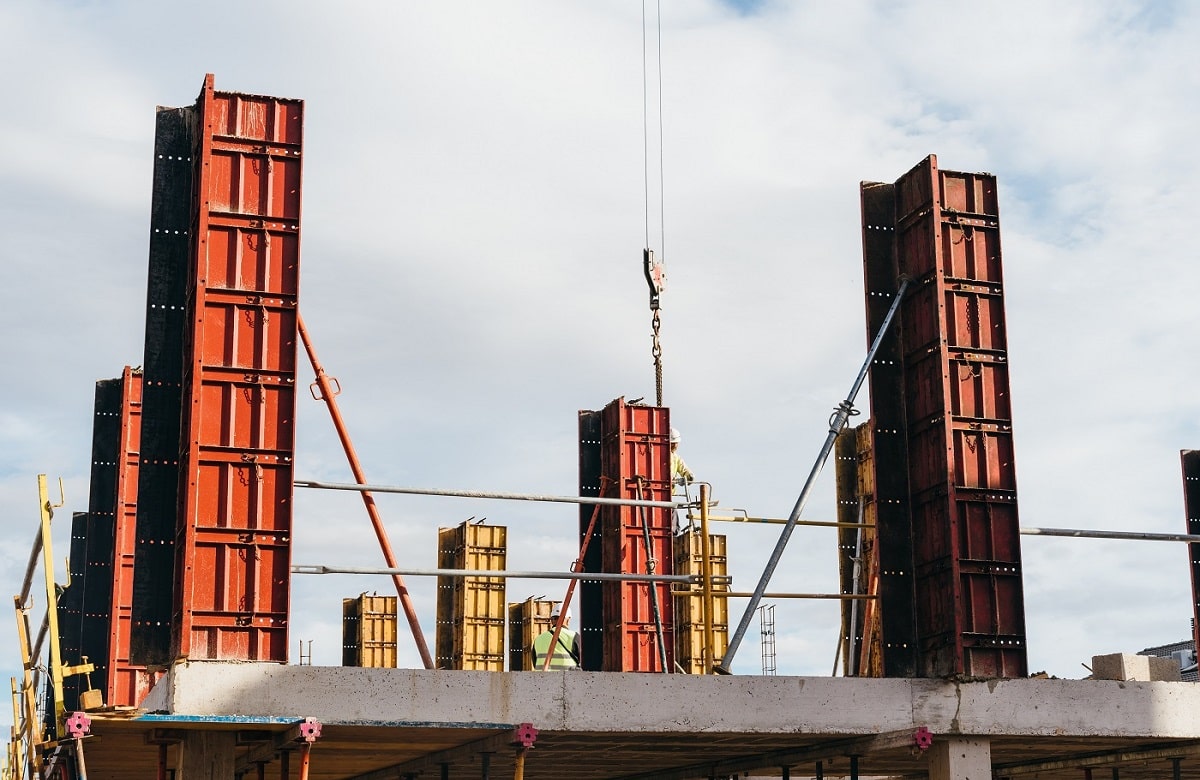
A Complete Guide On When To Remove Concrete Formwork
Formworks are a type of temporary molds that are used in concreting. They can be arranged into different shapes and sizes, and fresh concrete can be poured into them, so the contactor can create various types of cement structures such as walls, columns, and slabs with different shapes.
While early removal of formwork from the site is desirable, since it lets the contractor to reuse it in other areas and have a faster construction, removal of formwork, before the concrete has been sufficiently hardened, is dangerous and should not be allowed.
Once the concrete inside the formworks has been cured and hardened, and thus gained sufficient strength to safely support its own weight and any other live loads that it might be subjected to, the formworks can be removed.
Concrete Curing Time
For every construction site and every concrete pouring, the formwork should remain in place for a different length of time. There are many factors affecting the time needed for the concrete inside the formwork to reach its sufficient strength and hardness, which include concrete and cement grades, cement type, climate and temperature, size and shape of the structure, curing conditions, etc.
Higher grades of concrete have higher rates of strength development and therefore they gain the sufficient strength in shorter time. In addition, as the cements grade get higher, they achieve higher rates of strength in a shorter time period.
Moreover, there are different types of cements used in construction (such as ordinary Portland, rapid hardening, or low heat cements), and each type has different rate of strength development. The rapid hardening cement gains the sufficient strength faster than ordinary Portland cement, and the low heat cement gains it slower than ordinary Portland cement.
As it was mentioned, temperature also plays a vital role in determining the strength development in poured concrete. Poured concrete dries and loses its moisture faster in higher temperatures, and it gains its required strength in a shorter time, and therefore the formwork can be removed sooner in the heat of summer.
Generally, according to the section 11 of the IS: 456-2000, the normal period for which the formwork can be removed when ordinary Portland cement is used in the construction project is shown below:
| Type of Formwork | Formwork Removal Time |
| Walls, columns and vertical sides of beams | 24 to 48 hours as may be decided by the engineer-in-charge. |
| Slabs (props left under) | 3 days |
| Beam soffits (props left under) | 7 days |
| Removal of props of slabs (Spanning upto 4.5 m) | 7 days |
| Removal of props of slabs (Spanning over 4.5 m) | 14 days |
| Removal of props for beams and arches (Spanning upto 6 m) | 14 days |
| Removal of props for beams and arches (Spanning over 6 m) | 21 days |
However, since there are many different variables in determining the time needed for concrete curing, sticking to a set of constant standards and guidelines can be risky. The best and the safest way to do so is to check the strength of concrete by performing measurements on-site and/or doing non-destructive tests on samples from the same pouring in a laboratory.
Our recommendation is to use SolidSense devices to have on-site, wireless, and online measurements of the concrete temperature and strength at different and critical spots of the project. Doing so, you can monitor the maturity of poured concrete over time, manage and control the concrete curing process on-site accordingly, and in the end get more accurate results.
Monitoring the concrete strength on your application dashboard, you can safely start the formwork removal process whenever it reaches the sufficient strength it requires for proper performance in the structure.

Add comments: